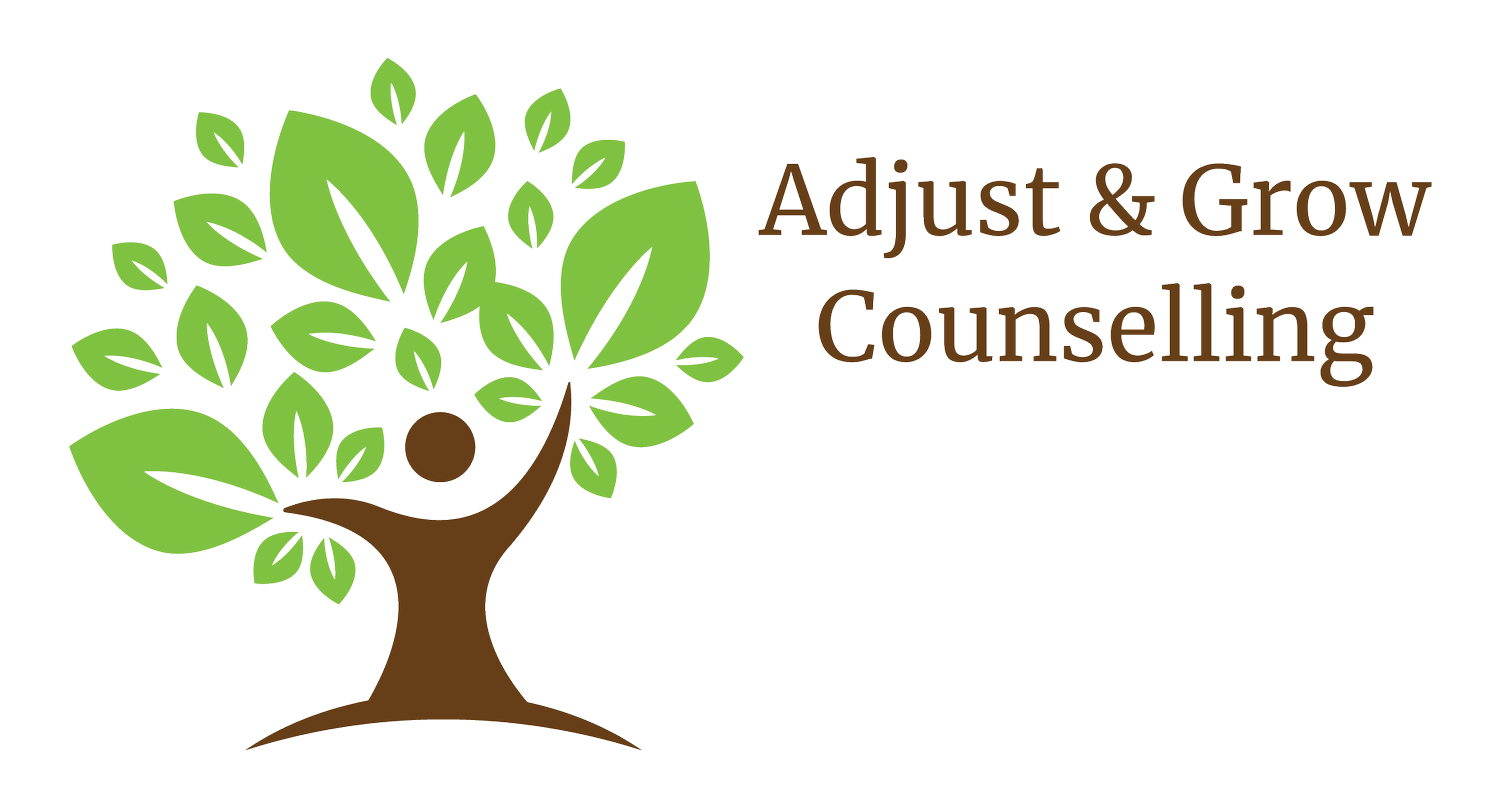Personal Boundaries: Challenges and Solutions (Part 2)
In my last post, I defined personal boundaries and explored their importance to our health and well-being, also looking at ways people struggle with developing and maintaining boundaries. In this post, I discuss key factors I feel are most at play when clients find themselves unable to establish and/or maintain boundaries, or struggle with knowing how or when to be flexible with the boundaries they have established. I conclude with a short discussion of the way I work with clients to strengthen ‘boundary skills’.
Self-Awareness
Sometimes people are unable to establish personal boundaries because they lack awareness of what their needs are. When this happens, it is often the result of unconscious ‘shutting down’ or denial of needs due to a belief that these needs are unacceptable or inconvenient to others. Such beliefs generally arise from negative past events or experiences such as having caregivers in childhood who were inattentive to or criticized our needs, being emotionally or physically neglected, or experiencing abuse or dysfunctional relationships at any point in our lives. Often it is only when people begin to experience distress in the form of anxiety, depression, loneliness, exhaustion, etc. that they begin to have an awareness that something is missing or “off”, even if there is little awareness it has anything to do with needs or personal boundaries.
Fear & Self-Acceptance
Even when people are aware of their needs and the boundary parameters they require, they may find themselves unable to be assertive and articulate these boundaries in situations that abut against or threaten to violate their needs. When this happens, a constant “redrawing of the lines” of the personal boundary can occur to accommodate another’s needs/demands. It typically leaves the person feeling violated, but also confused or frustrated since often it isn’t clear that anything was specifically done to them or without their consent.
In such situations, some underlying fear(s) or firmly-held unhelpful belief(s) about themselves or the world are often at play. In therapy, clients often describe reasons for not honouring a need or boundary in the form of “fear questions” (e.g. What if people don’t like me? What if people think I’m boring? What if I’m seen as too needy?) or beliefs (e.g. “The only way to be liked/accepted is to do X.”). These questions reflect an underlying lack of self-acceptance; for example, the question “What if people think I’m boring?” suggests the person believes they might be boring and is projecting the belief onto others. Yet, as we are social beings, a fear of loss of social connection is also often a key factor.
It needs to be acknowledged that some people simply cannot, will not, or are not willing to respect our boundaries. When it becomes evident to us that someone is not willing to work with our needs and boundaries, we need to be able to ask ourselves if the relationship is healthy for us or is providing us with the social connections and support at a level that feels good to us. Yet losing relationships can be a scary prospect, creating fears at a level that move us into an anxiety state as the potential loss of connection and the accompanying negative thoughts become increasingly active in our minds.
Personal Boundaries in Therapy
When working with clients who struggle with boundary concerns, I use different approaches and entry points depending on their individual situations. Where needs and self-awareness are unclear or poorly articulated by the client, therapy often initially involves helping them to explore past experiences and relationships in conjunction with what specific areas of their lives are presently causing them distress. The goal at this stage is to help clients acknowledge and honour any past experiences where their needs were not met, identify present needs and develop self-acceptance around having boundary needs that may differ from others.
For clients who struggle to maintain personal boundaries out of fears or set beliefs, I use cognitive exercises (CBT) to work through fear-based “what if?” questions and any of the (often) multitude of negative thoughts and beliefs that are swirling around pervasively in the client’s mind to calm their thoughts and work towards identifying the underlying fear situation, belief, or other emotion. At the point where the negative emotion is identified, we work together to help to process the feeling in greater depth with the aim to validating it, acknowledging associated needs and dissipating its intensity.
